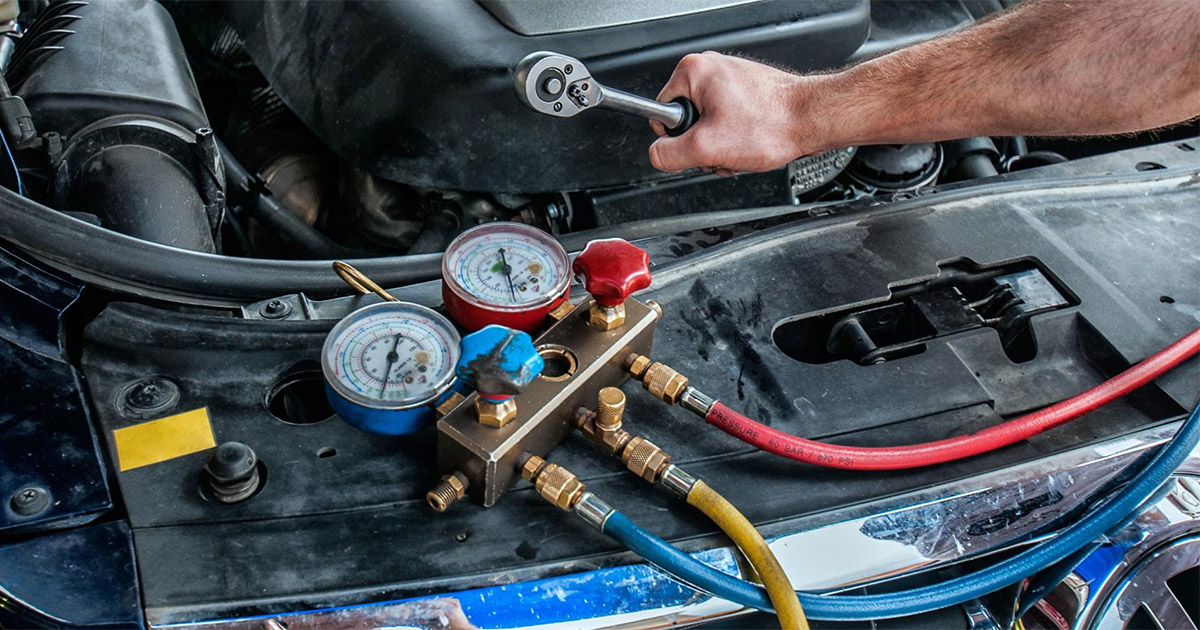

Articles
How Much Is An AC Recharge
Modified: October 20, 2024
Discover the cost of an AC recharge and how it can improve the performance of your air conditioning system. Read our informative articles to learn more.
(Many of the links in this article redirect to a specific reviewed product. Your purchase of these products through affiliate links helps to generate commission for Storables.com, at no extra cost. Learn more)
Introduction
Welcome to our comprehensive guide on AC recharge! If you’re experiencing hot and uncomfortable days due to a malfunctioning air conditioner, you’ve come to the right place. In this article, we’ll walk you through the process of AC recharge, including its importance, signs that your AC needs recharging, steps to perform a recharge, and the cost associated with it.
An AC recharge is a necessary maintenance task for air conditioning systems to keep them running efficiently and effectively. Over time, refrigerant levels can decrease, resulting in reduced cooling performance. A recharge involves adding refrigerant to your AC system to restore its optimal functionality and ensure a comfortable indoor environment.
Now, let’s dive into the details on how to determine if your AC needs a recharge.
Key Takeaways:
- Regular AC maintenance, including recharging, is crucial for optimal performance, energy efficiency, and system longevity. Neglecting maintenance can lead to decreased cooling, increased energy costs, and potential damage.
- When considering AC recharge, weigh the cost-saving potential of DIY against the expertise and guaranteed results of hiring a professional. Prioritize the health of your AC system for long-term comfort and efficiency.
Read more: How Often To Recharge AC In Car
Understanding AC Recharge
AC recharge is the process of adding refrigerant to your air conditioning system to restore its cooling capabilities. Refrigerant is a key component in the AC system as it absorbs heat from indoor air, allowing for the production of cool air. Over time, refrigerant levels can deplete due to leaks or natural evaporation, resulting in reduced cooling performance.
By performing an AC recharge, you replenish the refrigerant levels in your system, ensuring that it can effectively cool your space. It is important to note that simply recharging the system may temporarily fix the issue, but if there is an underlying leak, it is crucial to address that as well to prevent refrigerant loss in the future.
AC recharge should not be confused with AC repair. Recharging only addresses the refrigerant levels in your system, while repairs involve fixing any mechanical or electrical issues that may be affecting your AC’s performance. If you’re unsure whether your AC needs a recharge or a repair, it’s best to consult with a professional HVAC technician who can diagnose the problem accurately.
Regular maintenance of your AC system, including periodic recharging, is essential to keep it functioning optimally. Neglecting to recharge your AC can lead to decreased cooling efficiency, increased energy consumption, and potential damage to the compressor. By proactively addressing any issues with your AC system, you can prolong its lifespan and ensure a comfortable indoor environment.
Now that we’ve covered the importance of AC recharge, let’s explore some common signs that indicate your AC is in need of a recharge.
Signs That Your AC Needs Recharging
It’s important to be able to recognize the signs that indicate your AC needs a recharge. Here are some common indicators to look out for:
- Reduced Cooling Performance: If you notice that your AC is blowing warm or mildly cool air instead of cold air, it could be a sign that your refrigerant levels are low. Recharging the AC system can help restore its cooling capabilities.
- Increased Energy Consumption: If you see a sudden increase in your energy bills without any apparent reason, it could be because your AC is working harder to compensate for the low refrigerant levels. Recharging the AC can help improve its energy efficiency and lower your utility costs.
- Longer Cooling Cycles: If your AC takes longer than usual to cool your space, it may be struggling to maintain the desired temperature due to low refrigerant levels. Recharging the system can help reduce the cooling time and provide faster relief from the heat.
- Audible Hissing or Bubbling Sounds: If you hear hissing or bubbling noises coming from your AC unit, it could indicate a refrigerant leak. A leak can cause refrigerant levels to drop, resulting in reduced cooling performance. Recharging the AC and fixing the leak are necessary steps to restore optimal functionality.
- Frozen Evaporator Coil: If you notice ice forming on the evaporator coil, it may be a sign of a refrigerant issue. Low refrigerant levels can cause the coil to freeze up, hindering the AC’s ability to cool the air. Recharging the system can help resolve this issue and prevent further damage.
If you observe any of these signs, it is recommended to consult with a professional HVAC technician. They can diagnose the problem accurately and determine whether an AC recharge is needed or if there are other underlying issues that require attention.
Now that we’ve identified the signs that indicate your AC needs recharging, let’s move on to the steps involved in performing an AC recharge.
Steps to Perform an AC Recharge
Performing an AC recharge can help restore your air conditioning system’s cooling capabilities. However, it is important to note that AC recharging should be done by a qualified professional. Here are the general steps involved in the process:
- Preparation: Before starting the recharge process, it is crucial to ensure the AC system is turned off and the vehicle engine is not running. Safety goggles and gloves should be worn to protect yourself.
- Locate the Low-Pressure Port: The low-pressure port is where the refrigerant will be injected into the AC system. It is usually located on the larger diameter hose that leads to the compressor. Consult your vehicle’s manual or refer to online resources for the exact location of the port.
- Attach the Recharge Kit: Once you’ve located the low-pressure port, attach the recharge hose from the AC recharge kit to the port. Ensure that the connection is secure.
- Start the Engine: Start the vehicle’s engine and turn the AC system to its maximum cooling setting. This will help circulate the refrigerant throughout the system.
- Add Refrigerant: Follow the instructions provided with the recharge kit to add the appropriate amount of refrigerant to the system. Be cautious not to overcharge the system, as this can cause damage. It is recommended to add the refrigerant in short bursts and check the pressure gauge periodically.
- Monitor the Pressure: Keep an eye on the pressure gauge while adding the refrigerant. The pressure should gradually rise to the optimal level. If the pressure rises too quickly or exceeds the recommended range, stop adding refrigerant and consult a professional.
- Check for Leaks: After completing the recharge, it is essential to check for any leaks in the AC system. Use a leak detection kit or consult a professional to ensure there are no leaks that could lead to refrigerant loss in the future.
Remember, AC recharge can vary depending on the type of vehicle and AC system. It is always recommended to consult a professional technician who has the expertise and necessary equipment to perform the task correctly.
Now that we’ve covered the steps involved in performing an AC recharge, let’s move on to discussing the cost associated with the process.
Cost of AC Recharge
The cost of an AC recharge can vary depending on several factors, including the type of AC system, the refrigerant used, and the location of the service provider. On average, the cost of an AC recharge can range from $100 to $300.
It is important to note that the cost typically covers the labor involved in performing the recharge and the refrigerant itself. The cost of refrigerant can vary depending on the type and the amount required for your specific AC system. Older AC systems may require refrigerants that are no longer in production, which can be more costly to obtain.
If your AC system has a refrigerant leak or other underlying issues, the cost of the recharge can increase significantly. In such cases, it is recommended to address the root cause of the problem to prevent future refrigerant loss and ensure the longevity of your AC system.
Keep in mind that these costs are estimates and can vary depending on the service provider, region, and other factors. It is advisable to obtain quotes from multiple professionals or AC service centers to ensure you are getting a fair price.
Next, let’s explore the factors that can affect the cost of an AC recharge.
It’s important to regularly check and maintain your AC system to avoid the need for a recharge. If you notice reduced cooling performance, it’s best to have a professional inspect and recharge the system if necessary.
Read more: How To Recharge An AC System
Factors That Affect AC Recharge Cost
The cost of an AC recharge can vary depending on several factors. Understanding these factors can help you anticipate and budget for the expenses associated with the process. Here are some key factors that can affect the cost of an AC recharge:
- Type of AC System: The cost of an AC recharge can vary based on the type of AC system you have. Different types of AC systems may require different refrigerants, and the availability and cost of these refrigerants can vary.
- Refrigerant Type: The type of refrigerant used in your AC system can significantly impact the cost of a recharge. Older AC systems typically use R-22 refrigerant, which is being phased out due to its harmful effects on the environment. R-22 refrigerant can be more expensive compared to the newer, more environmentally friendly refrigerants such as R-410A.
- Refrigerant Quantity: The amount of refrigerant required for your AC system will affect the cost. Larger systems may require more refrigerant, resulting in higher costs.
- Service Provider: The cost of an AC recharge can vary depending on the service provider you choose. Different providers may have different pricing structures, overhead costs, and levels of expertise. It’s a good idea to obtain quotes from multiple providers to ensure you’re getting a fair price.
- Geographical Location: The cost of living and market rates can vary depending on your geographical location. AC recharge costs may be higher in areas with higher costs of living or where services are in high demand.
- Additional Repairs: If your AC system has underlying issues, such as refrigerant leaks or mechanical problems, the cost of the recharge can increase. It is important to address these issues to ensure the long-term functionality of your AC system.
It is worth noting that attempting a DIY AC recharge without the necessary knowledge and experience can lead to costly mistakes and potential damage to your AC system. It is highly recommended to consult with a professional HVAC technician who can accurately diagnose the problem and perform the recharge safely and effectively.
Now that we’ve explored the factors that can affect the cost of AC recharge, let’s compare DIY vs professional AC recharge.
DIY vs Professional AC Recharge
When it comes to AC recharge, you have the option of performing the task yourself (DIY) or hiring a professional technician. Let’s compare the two options to help you make an informed decision:
DIY AC Recharge:
Pros of doing it yourself:
- Cost-saving potential: Performing an AC recharge yourself can help you save money on labor costs.
- Convenience: You have the flexibility to perform the recharge at your own convenience without having to schedule an appointment with a professional.
Cons of doing it yourself:
- Risk of damage: AC systems are complex, and performing a recharge without proper knowledge and experience can lead to mistakes or damage to the system.
- Safety concerns: Handling refrigerants can be dangerous if not done correctly, as they are harmful to humans and the environment. A professional technician is trained in proper safety protocols.
- Lack of equipment: DIY AC recharges may not have access to specialized equipment needed to accurately measure and charge refrigerant levels in the system.
- Limited knowledge: DIYers may not have the expertise to identify underlying issues that may be causing low refrigerant levels or other AC problems.
Professional AC Recharge:
Pros of hiring a professional:
- Expertise and experience: Professional technicians have the necessary knowledge, training, and experience to perform AC recharges accurately.
- Equipment and tools: Professionals have access to specialized equipment needed for proper AC recharge, including refrigerant charging stations and leak detection tools.
- Diagnosis of underlying issues: Professionals can accurately diagnose any underlying problems contributing to low refrigerant levels and address them appropriately.
- Guaranteed results: Hiring a professional gives you peace of mind that the AC recharge will be done correctly, ensuring optimal system performance.
Cons of hiring a professional:
- Higher cost: Professional AC recharge services come with labor costs, which can be higher compared to a DIY approach.
- Appointment scheduling: You’ll need to schedule an appointment with a professional, which may require waiting for availability.
Ultimately, the decision between DIY and professional AC recharge depends on your comfort level, knowledge, and the complexity of the AC system. If you’re unsure or inexperienced, it’s generally recommended to hire a professional technician to ensure the job is done safely and accurately.
Now that we’ve discussed the options, let’s wrap up our guide on AC recharge.
Read more: How Often To Recharge Home AC
Conclusion
AC recharge is an essential maintenance task to keep your air conditioning system running efficiently and effectively. By replenishing the refrigerant levels in your AC system, you can restore its cooling capabilities and ensure a comfortable indoor environment. Recognizing the signs that your AC needs recharging, such as reduced cooling performance or increased energy consumption, is crucial in maintaining optimal system functionality.
When it comes to AC recharge, you have the option of doing it yourself (DIY) or hiring a professional technician. While DIY may save you money upfront, it carries the risk of damage, safety concerns, and a lack of specialized equipment. On the other hand, hiring a professional ensures expert knowledge, access to necessary tools, accurate diagnosis, and guaranteed results, although it may come with a higher cost.
The cost of AC recharge can vary depending on factors such as the type of AC system, refrigerant type, quantity, service provider, and geographical location. It is important to obtain quotes from reputable professionals to ensure fair pricing and quality service.
Performing regular AC maintenance, including periodic recharging, is crucial for optimal system performance and longevity. Neglecting maintenance tasks can lead to decreased cooling efficiency, increased energy consumption, and potential damage to the system.
In conclusion, AC recharge is an important aspect of maintaining a functional and efficient air conditioning system. Whether you choose to DIY or hire a professional, it is essential to prioritize the health of your AC system and address any issues promptly. By doing so, you can enjoy cool and comfortable indoor spaces even during the hottest days.
Curious about how long recharging your AC takes after learning about its cost? Our next piece clears up how quickly you can expect this task to wrap up, ensuring your air conditioning is back to cooling your space efficiently in no time. Don't miss out on these handy insights that keep your home comfortable throughout those hot months.
Frequently Asked Questions about How Much Is An AC Recharge
Was this page helpful?
At Storables.com, we guarantee accurate and reliable information. Our content, validated by Expert Board Contributors, is crafted following stringent Editorial Policies. We're committed to providing you with well-researched, expert-backed insights for all your informational needs.
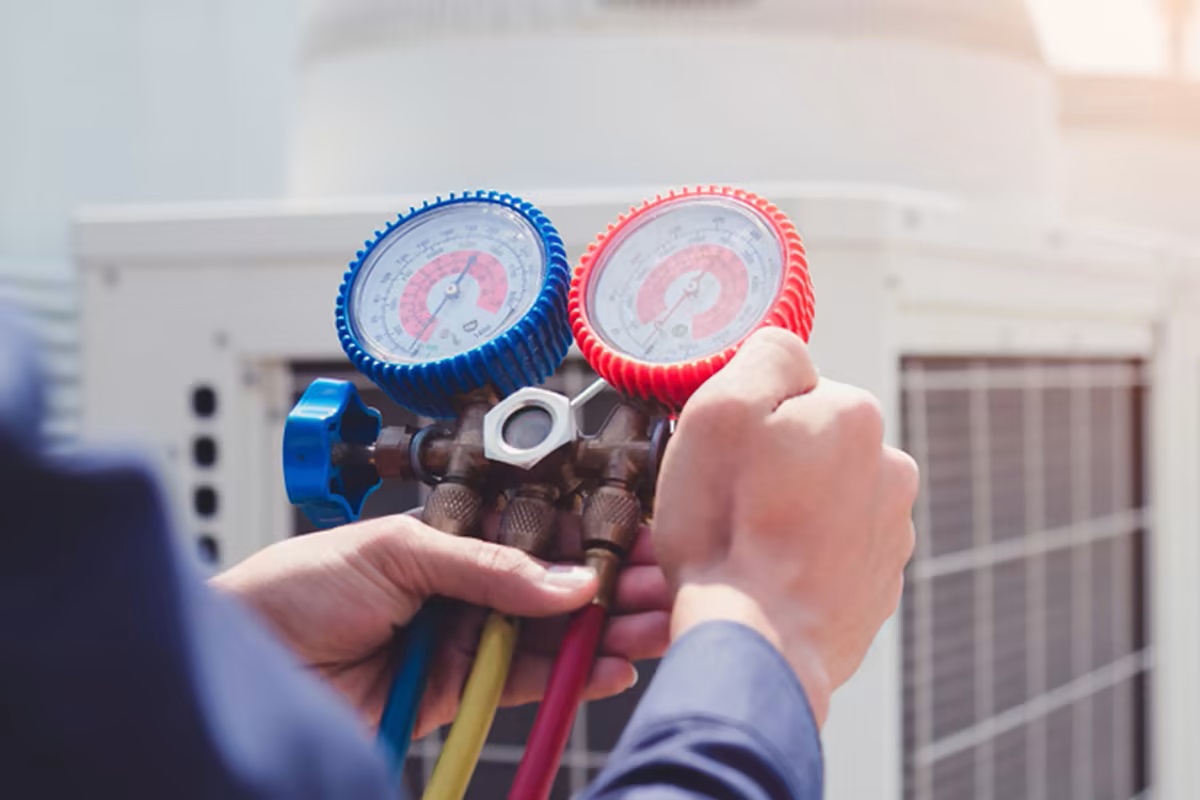
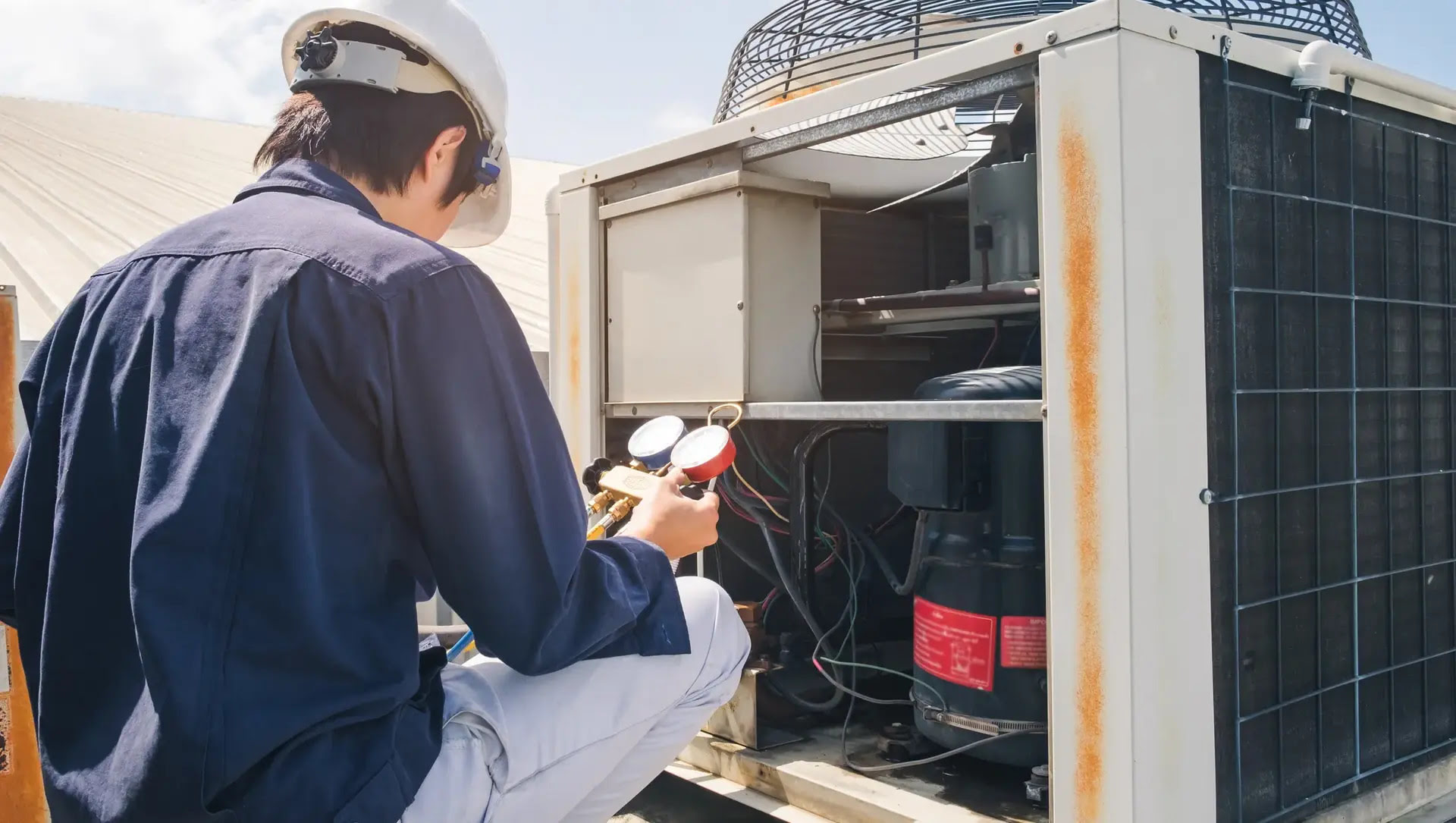
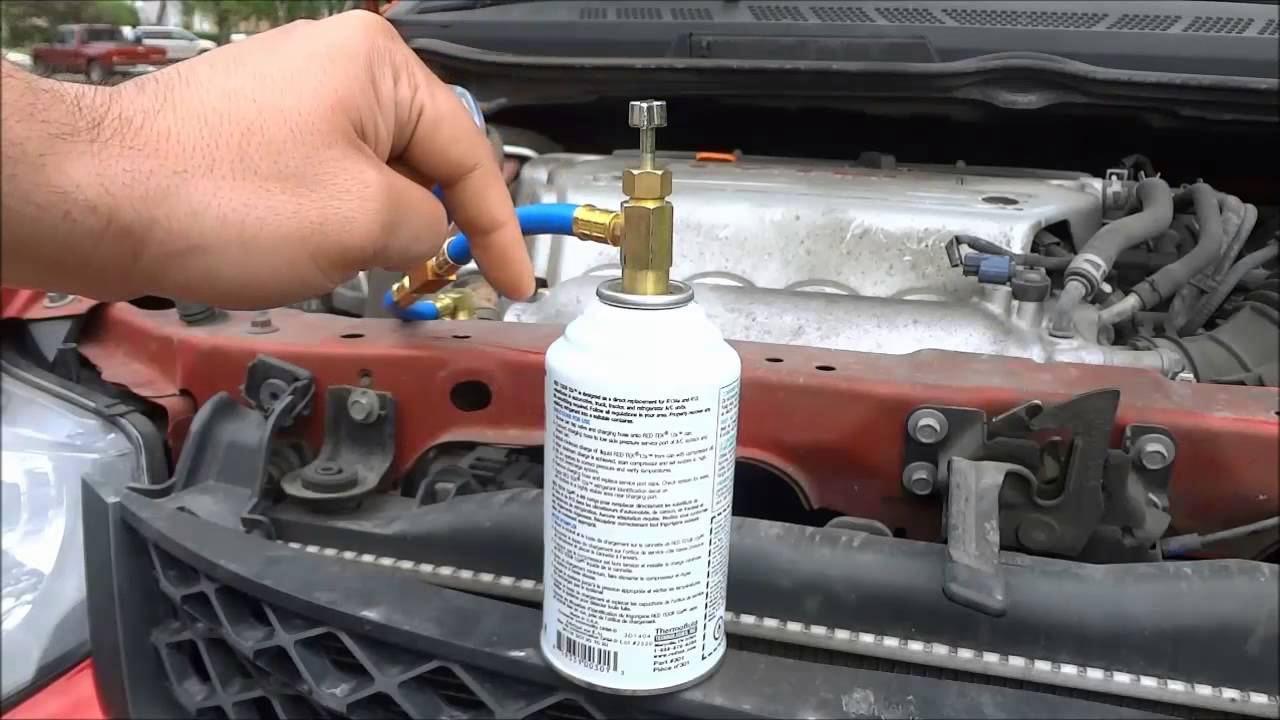

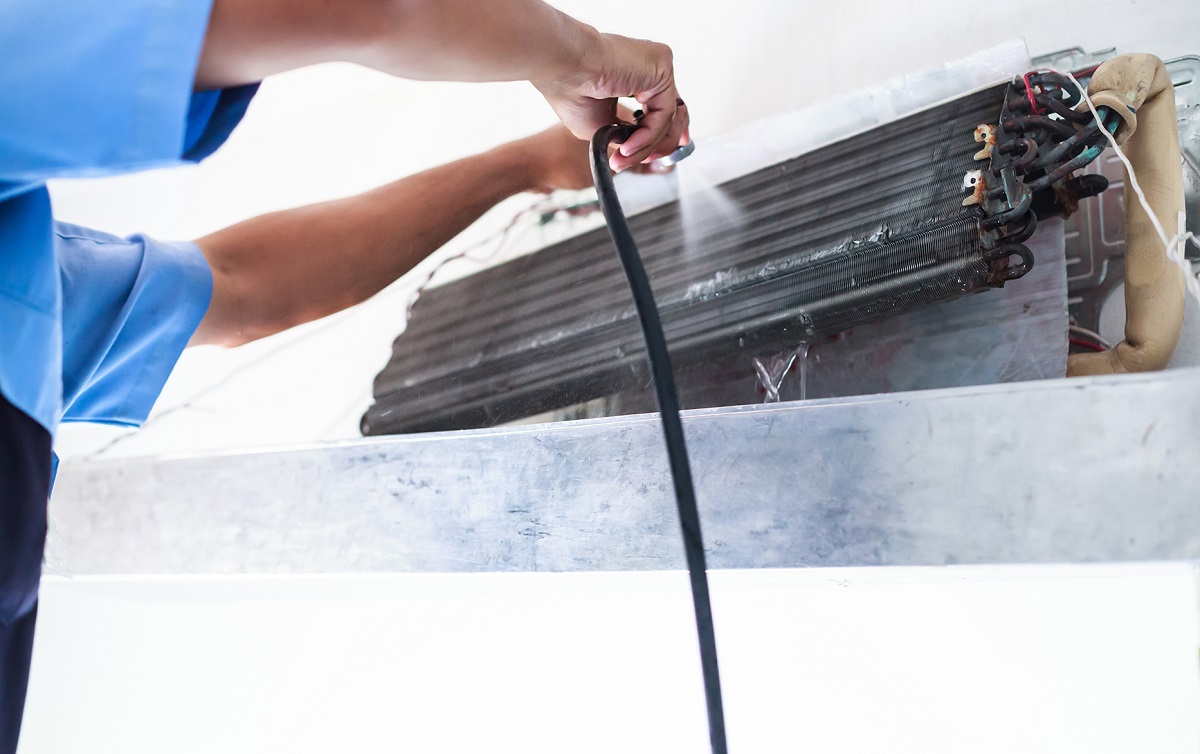
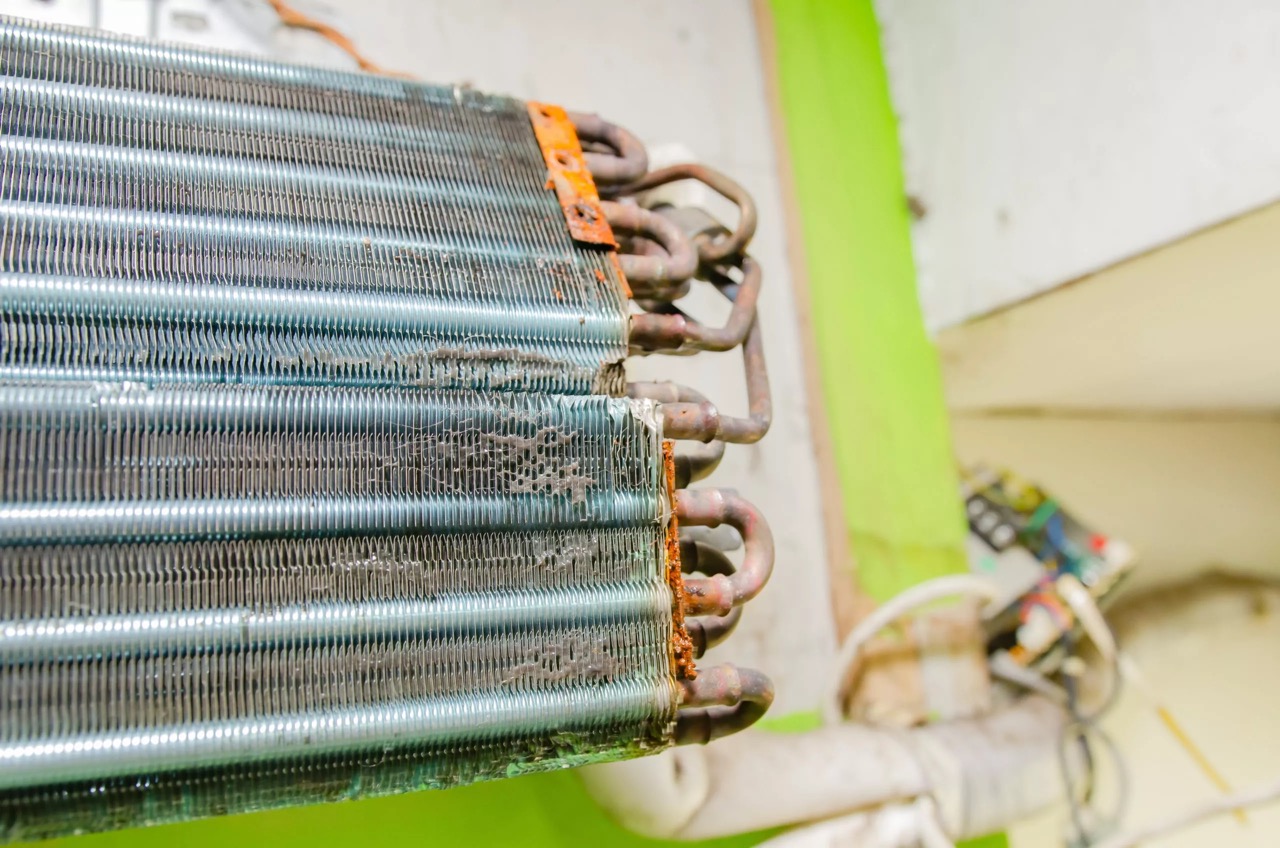
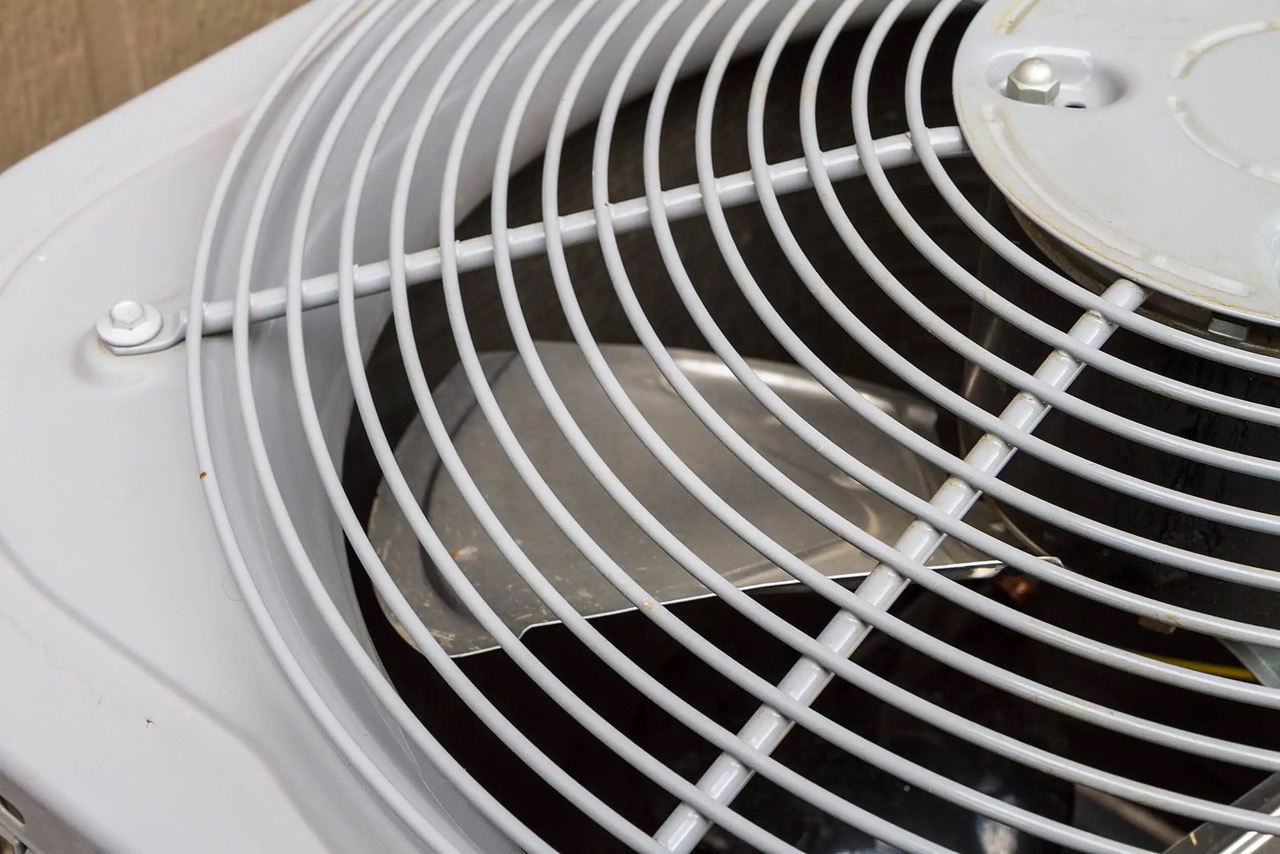
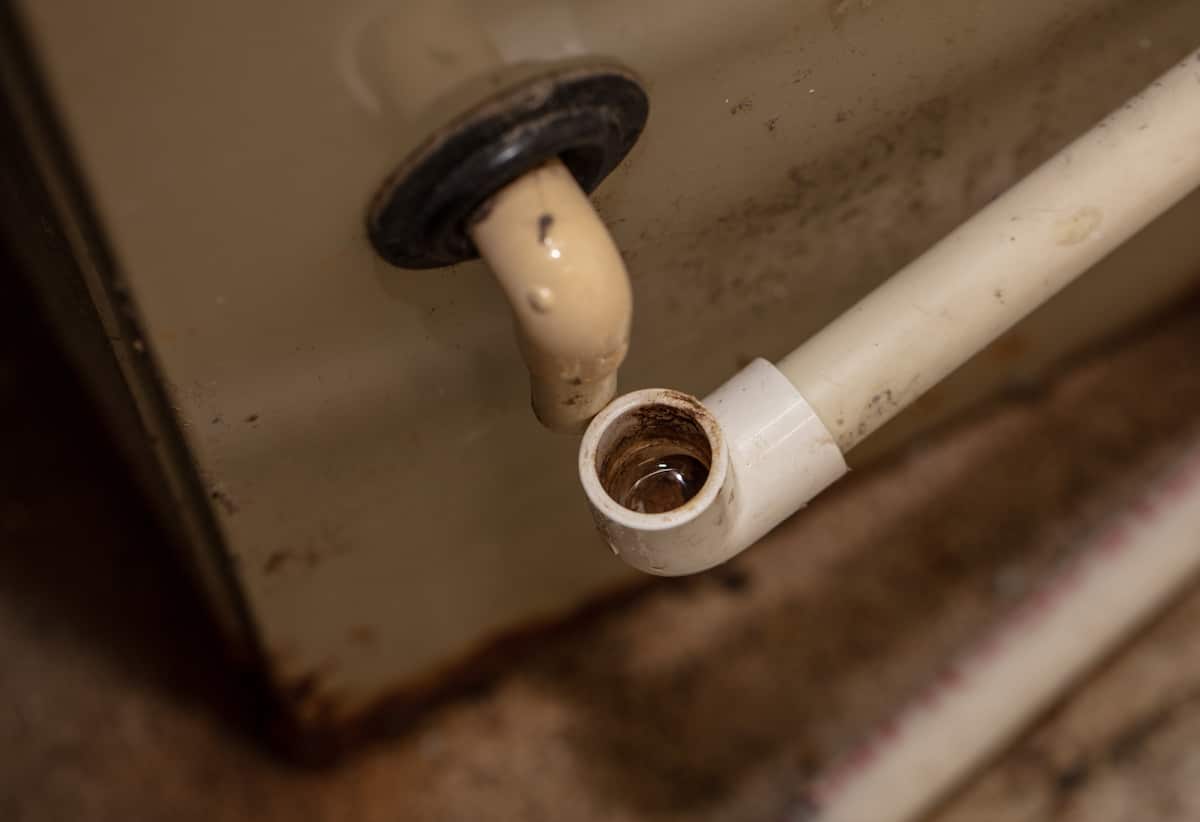
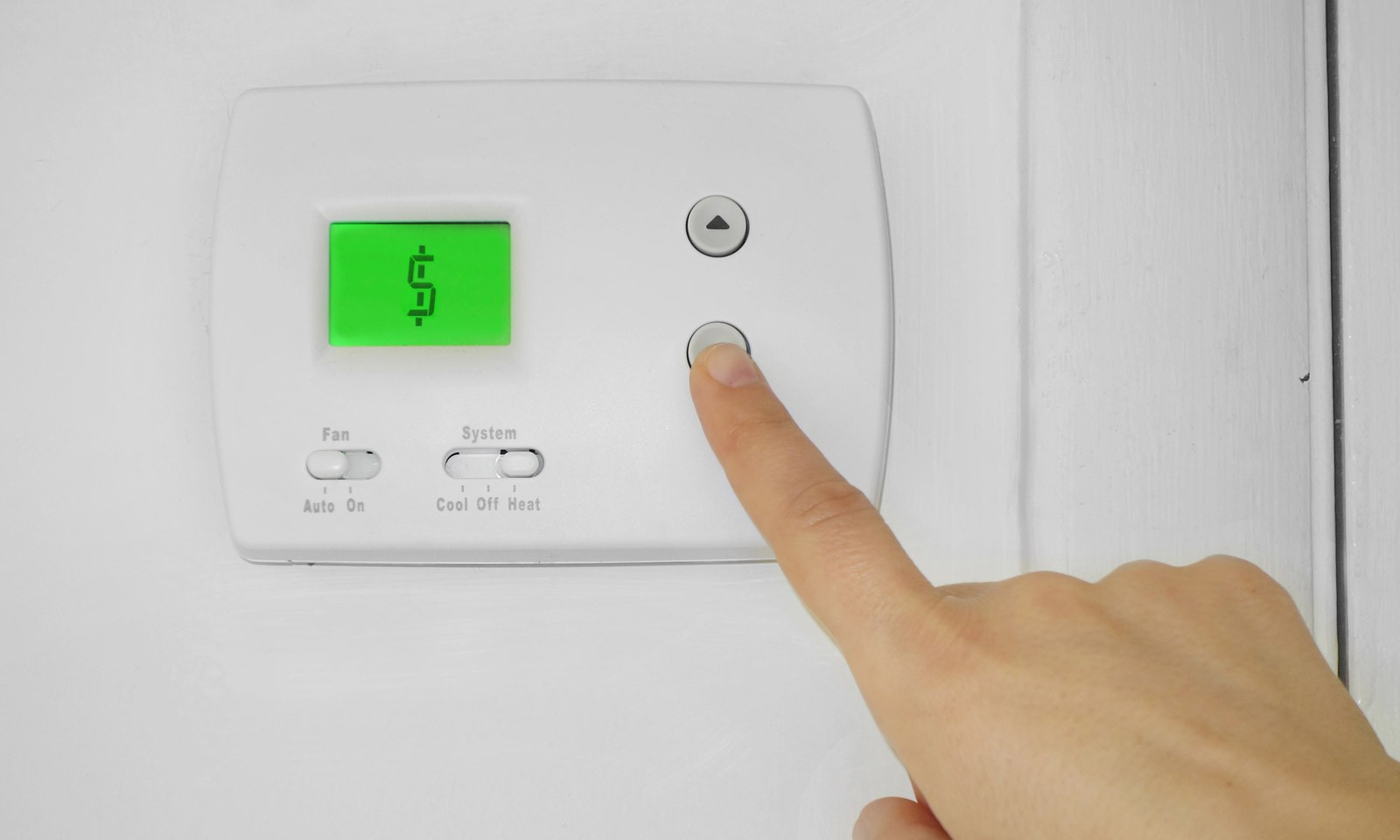
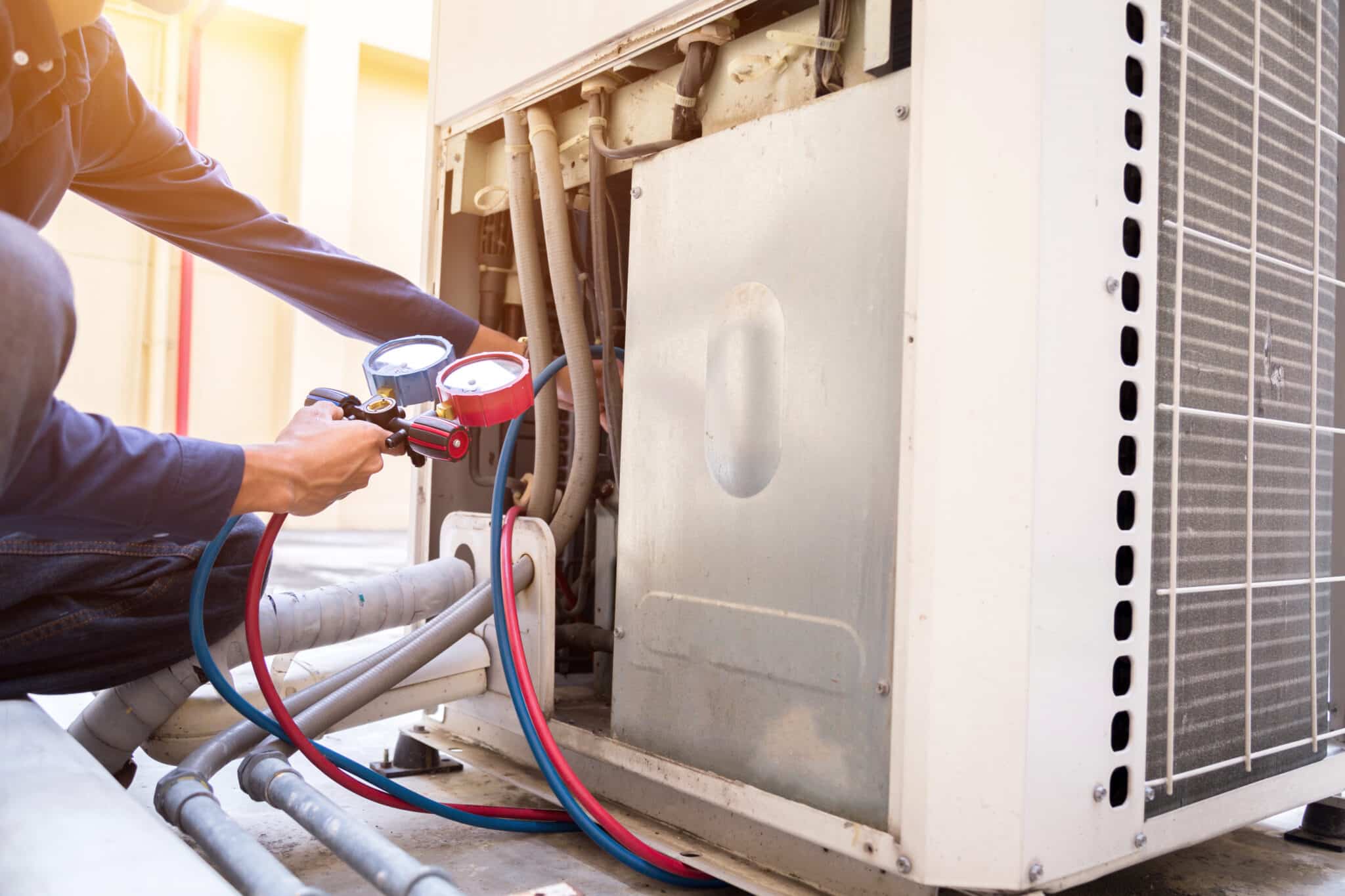
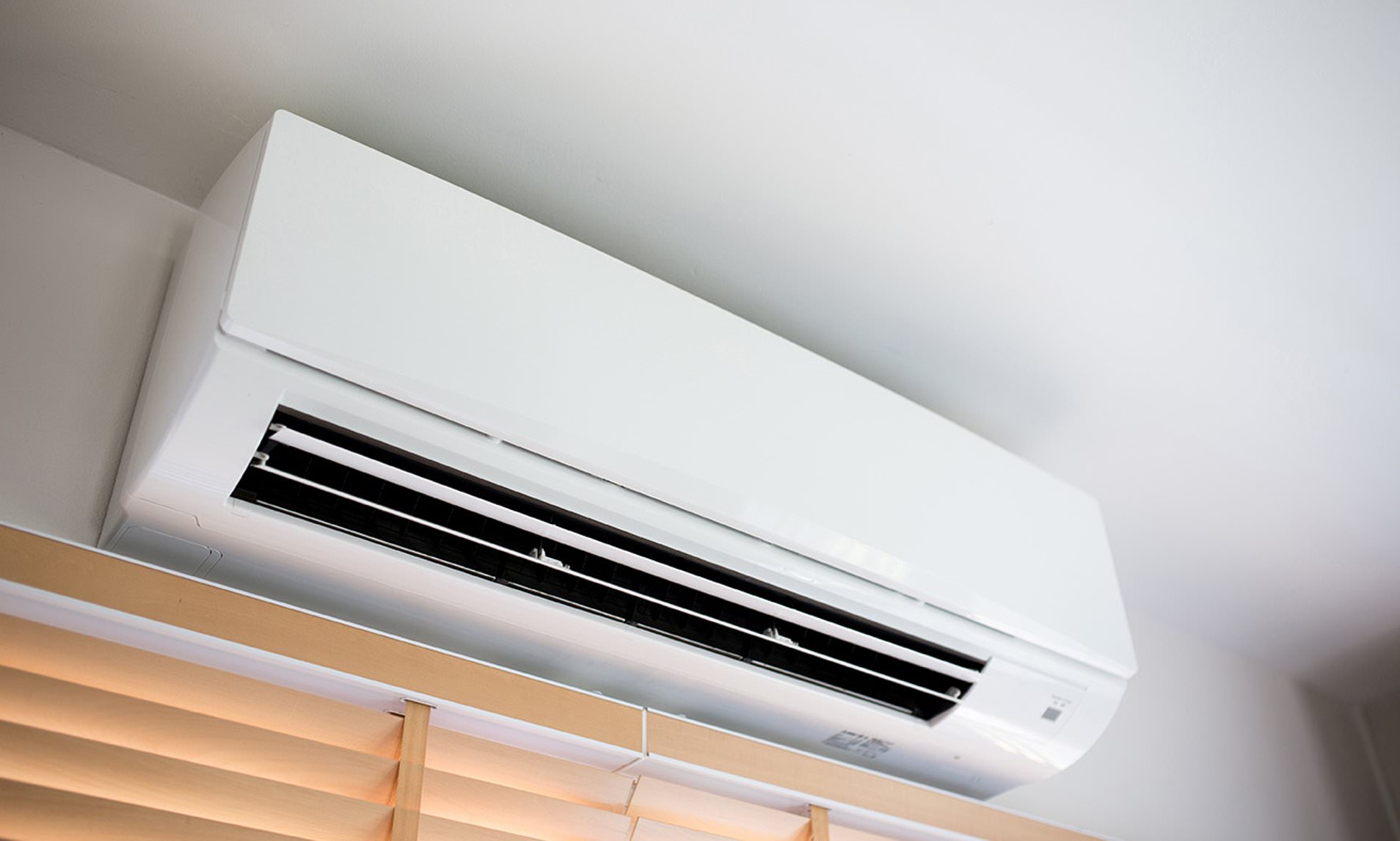
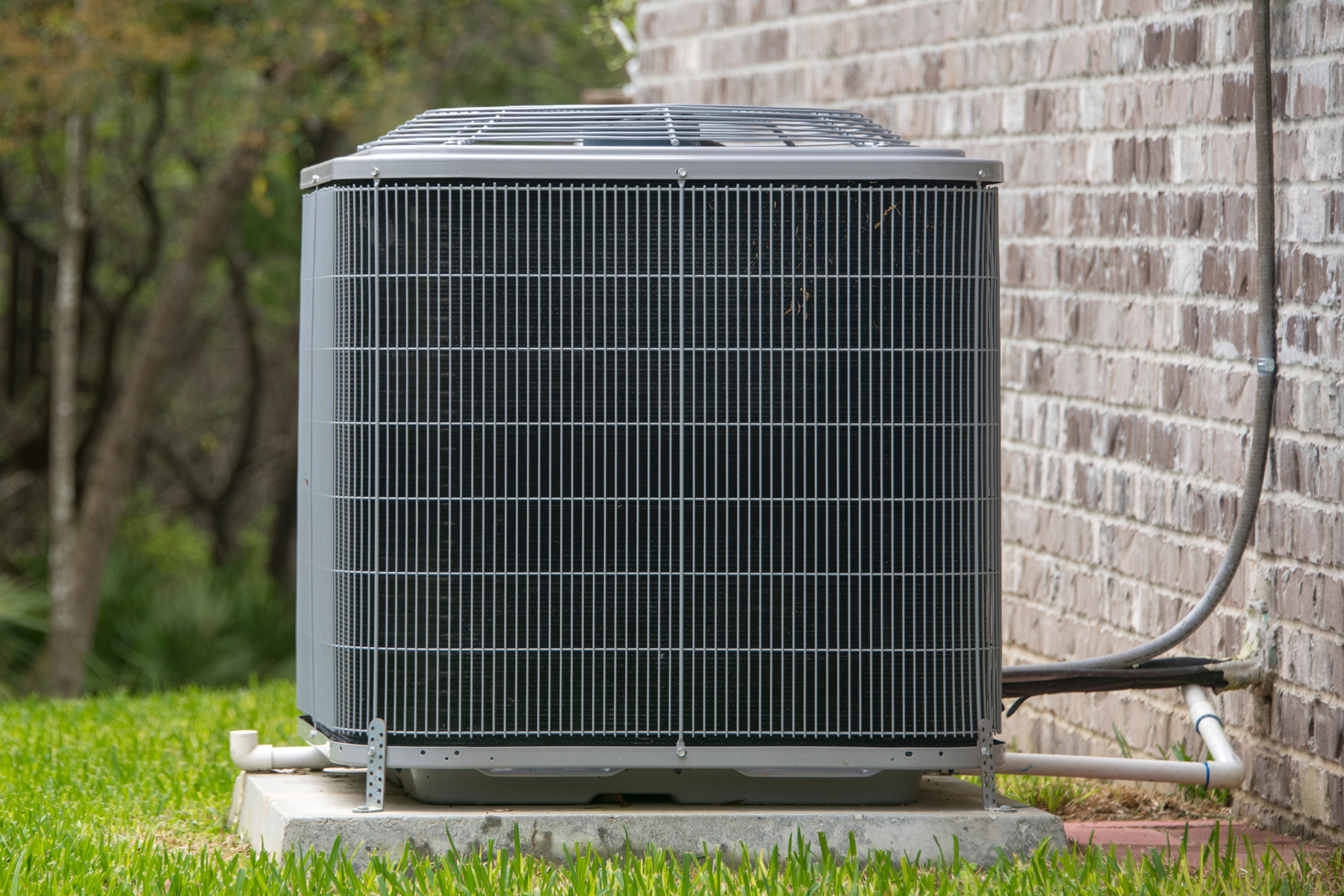
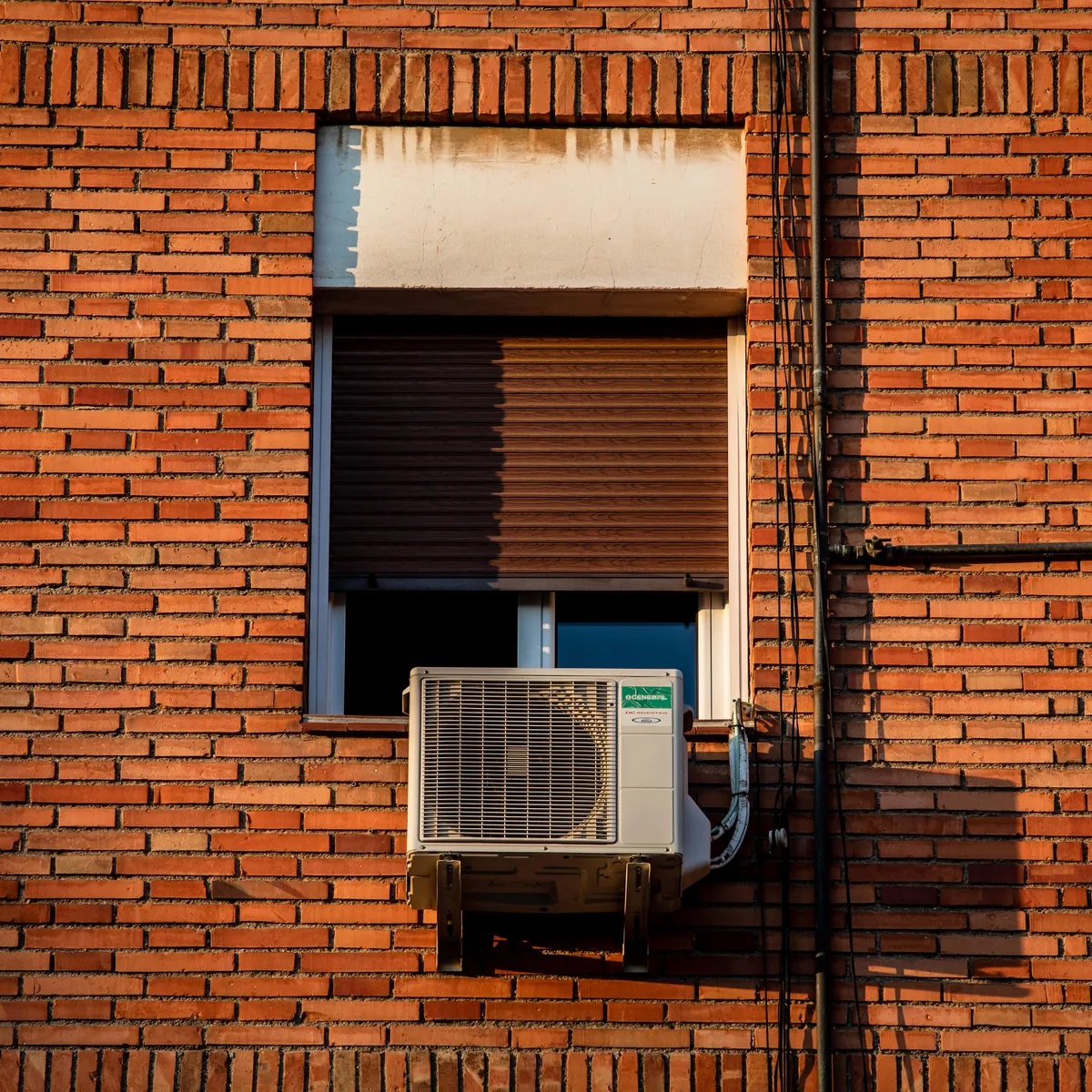

0 thoughts on “How Much Is An AC Recharge”